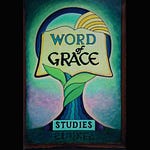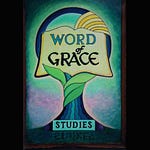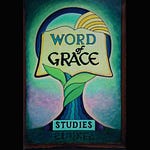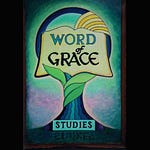The Bible does not contradict itself when interpreted literally. Key principles must guide this interpretation: First, words must be studied according to their usage at the time of writing, recognizing that Scripture may assign them new meanings. Second, the objectivity of Scripture must be upheld—it is not to be interpreted by personal feelings or experiences, as experiences are subjective while Scripture remains objective. Third, for grace believers, Old Testament figures such as David, Daniel, Saul, or even Jesus in His earthly ministry are not to be taken as examples unless Scripture explicitly states so. Where no example is provided, believers are free unless Scripture prohibits a practice. Fourth, everything essential for the grace believer’s practice is revealed in Scripture.
Figurative language must be identified properly. If inanimate objects are used to describe animate ones, or if an expression is uncharacteristic of the subject, it should be recognized as figurative. Interpretation may also be carefully considered in light of other disciplines, including linguistics (the structure and use of language), history (chronological records of events), science (knowledge from objective observation), archaeology (the study of material remains), rhetoric (effective communication), sociology (the study of social behavior and organization), and logic (formal reasoning and valid inference).
Distinctions in Scripture must be observed, including chronological relationships, dispensational relationships, word meanings and usage, and temporal distinctions: past actions cannot be read into the present, present workings cannot be projected into the past, and future events must not be read into the present.
Regarding the interpretation of parables, only the interpretation provided in the text should be accepted, as parables are often designed to conceal truth rather than reveal it.
The allegorical method poses significant dangers. It regards the literal sense of a literary work as secondary to a more spiritual sense, dismisses historical and original significance, and often conceals rather than reveals meaning. This method disregards common usage, encourages speculation, undermines scriptural authority, and twists meaning to fit doctrinal views. Moreover, it places itself beyond well-defined principles of interpretation, leaving no means by which its conclusions can be verified or tested.










